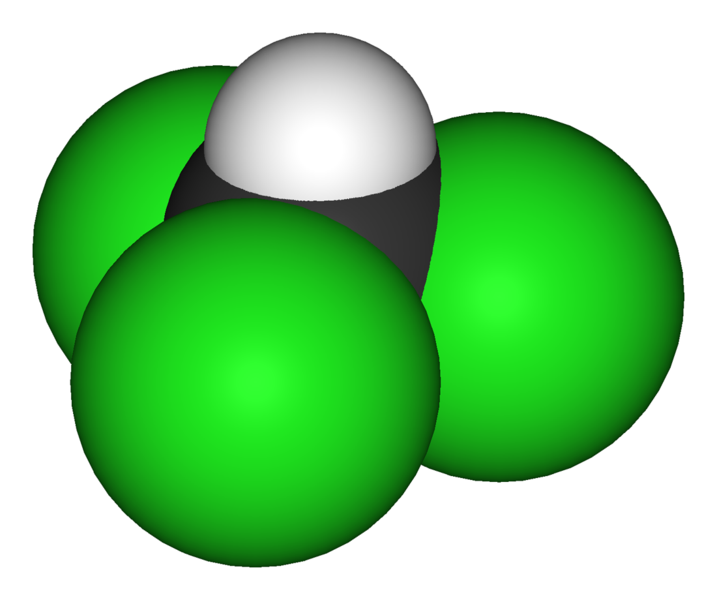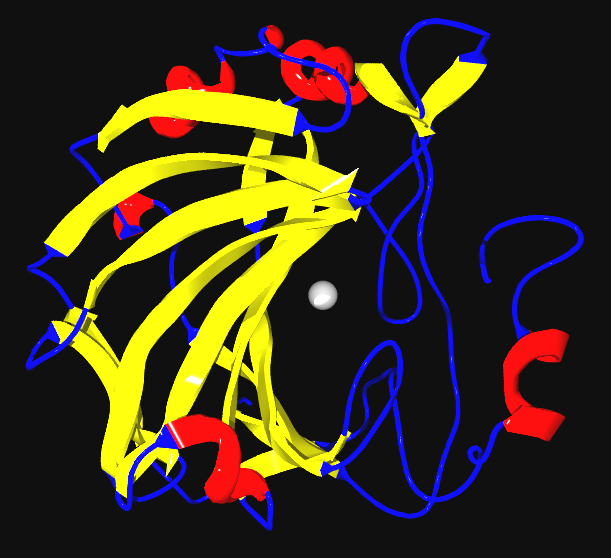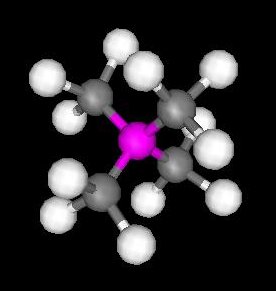 Wednesday, December 19, 2012 at 10:41AM
Wednesday, December 19, 2012 at 10:41AM "Protactinium is a chemical element with the symbol Pa and atomic number 91. It is a dense, silvery-gray metal which readily reacts with oxygen, water vapor and inorganic acids. It forms various chemical compounds where protactinium is usually present in the oxidation state +5, but can also assume +4 and even +2 or +3 states. The average concentrations of protactinium in the Earth's crust is typically on the order of a few parts per trillion, but may reach up to a few parts per million in some uraninite ore deposits. Because of the scarcity, high radioactivity and high toxicity, there are currently no uses for protactinium outside of scientific research, and for this purpose, protactinium is mostly extracted from spent nuclear fuel."
"Protactinium was first identified in 1913 by Kasimir Fajans and Oswald Helmuth Göhring and named brevium because of the short half-life of the specific isotope studied, namely protactinium-234. A more stable isotope (231Pa) of protactinium was discovered in 1917/18 by Otto Hahn and Lise Meitner, and they choose the name proto-actinium, but then theIUPAC named it finally protactinium in 1949 and confirmed Hahn and Meitner as discoverers. The new name meant "parent of actinium" and reflected the fact that actinium is a product of radioactive decay of protactinium."






